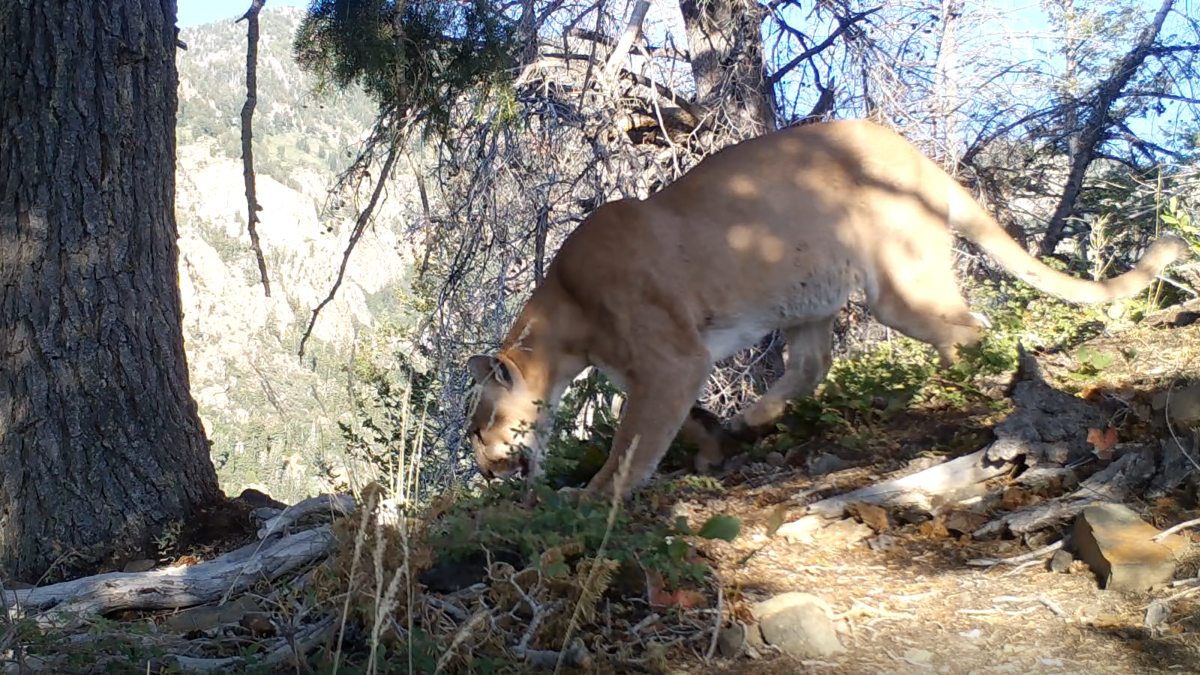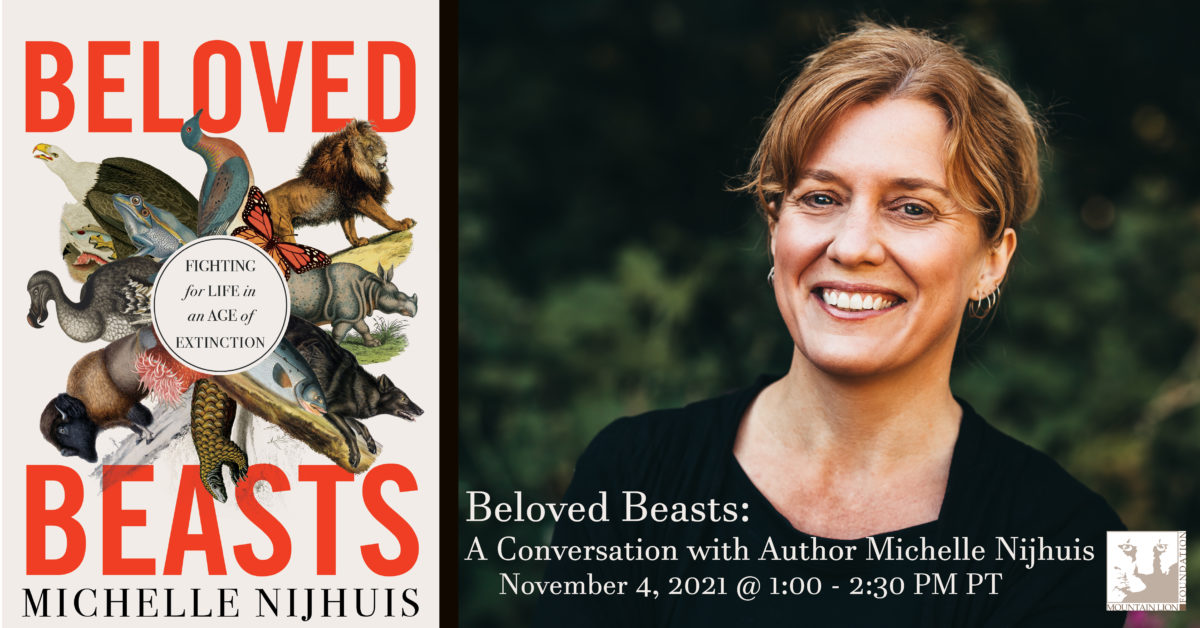Helping Wildlife Move: One Researcher’s Journey Studying and Promoting Wildlife Crossings in the U.S.
Join us as Dr. Patricia Cramer has an engaging and informative conversation with Logan Christian about her career studying and promoting wildlife crossings in the United States. Dr. Cramer has 25 years of experience helping identify, prioritize, and implement wildlife crossings to save both human and animal lives. Her insights are invaluable for anyone interested in promoting wildlife connectivity for mountain lions and other species.
Not long ago, many were skeptical of the idea to build special bridges, underpasses and other infrastructure to help wildlife safely cross or avoid roads. Today, however, these technologies are becoming much more common thanks to the efforts of researchers like Dr. Patricia Cramer. Working in over a dozen states, Dr. Cramer collaborates with wildlife managers, transportation planners and many others to identify critical wildlife corridors and choke points where wildlife crossing infrastructure could help prevent wildlife-vehicle collisions. Having kick-started her career modeling movement pathways for the Florida panther, Dr. Cramer also works diligently to ensure that planners consider mountain lions and other native carnivores in the planning and prioritization of wildlife crossings. Join us for a conversation with Dr. Cramer as she discusses what it takes to help wildlife move through the landscape in a rapidly changing world.
About Dr. Patricia Cramer
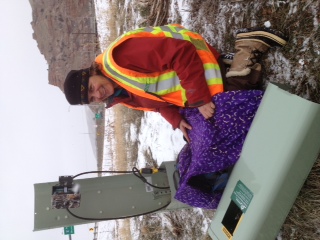


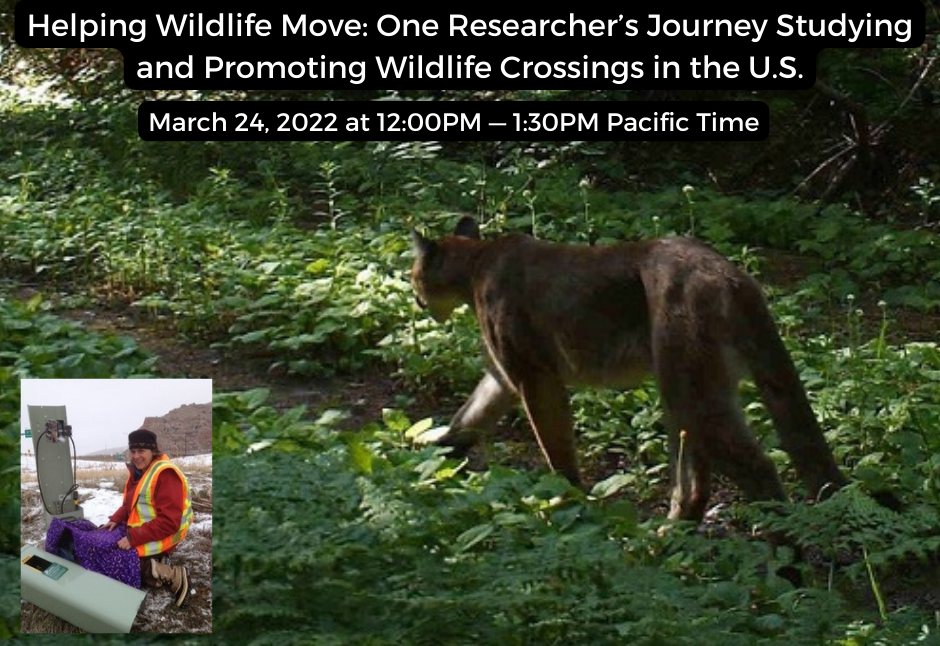
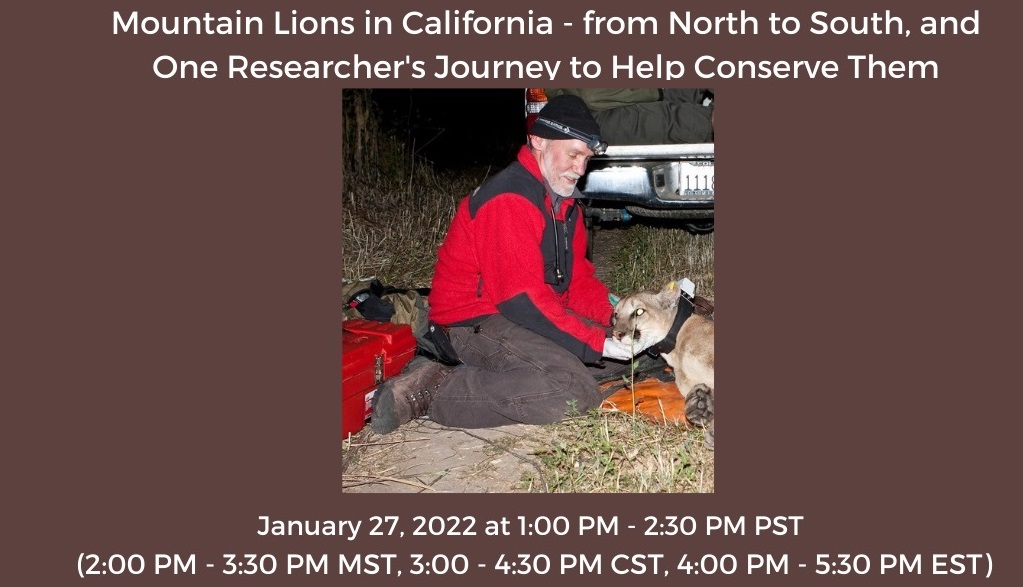
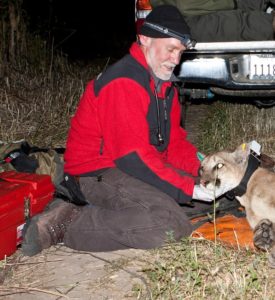
 Dr. Vickers is a wildlife research veterinarian with the University of California-Davis Wildlife Health Center and the Institute for Wildlife Studies. He obtained his DVM at Oklahoma State University and practiced on large, small, and exotic species for over 20 years before returning to school to get his Master of Preventive Veterinary Medicine at UC Davis with a focus on wildlife disease and ecology. He has been studying mountain lions and other wildlife for 20 years and directs the UCD Wildlife Health Center’s mountain lion study. He collaborates extensively with other mountain lion researchers, NGO’s, and governmental agencies in the state and elsewhere in the West, and his studies of mountain lions address issues of mortality, connectivity, habitat use, genetics, disease, conservation, and reducing negative interactions with humans and livestock. He also collaborates on studies involving other wildlife species studies, including bobcats, Channel Island foxes, Santa Cruz Island scrub jays and other avian species. He worked for many years with the Wildlife Health Center’s Oiled Wildlife Care Network on oil spill response, and is the author or a co-author of over 35 peer reviewed publications, one book chapter, and numerous white papers and reports to wildlife and other government agencies. He co-developed and directed a 9-part series of short educational documentaries about mountain lions, as well as a one hour film, that have been viewed nearly 1.8 million times and can be viewed here (
Dr. Vickers is a wildlife research veterinarian with the University of California-Davis Wildlife Health Center and the Institute for Wildlife Studies. He obtained his DVM at Oklahoma State University and practiced on large, small, and exotic species for over 20 years before returning to school to get his Master of Preventive Veterinary Medicine at UC Davis with a focus on wildlife disease and ecology. He has been studying mountain lions and other wildlife for 20 years and directs the UCD Wildlife Health Center’s mountain lion study. He collaborates extensively with other mountain lion researchers, NGO’s, and governmental agencies in the state and elsewhere in the West, and his studies of mountain lions address issues of mortality, connectivity, habitat use, genetics, disease, conservation, and reducing negative interactions with humans and livestock. He also collaborates on studies involving other wildlife species studies, including bobcats, Channel Island foxes, Santa Cruz Island scrub jays and other avian species. He worked for many years with the Wildlife Health Center’s Oiled Wildlife Care Network on oil spill response, and is the author or a co-author of over 35 peer reviewed publications, one book chapter, and numerous white papers and reports to wildlife and other government agencies. He co-developed and directed a 9-part series of short educational documentaries about mountain lions, as well as a one hour film, that have been viewed nearly 1.8 million times and can be viewed here (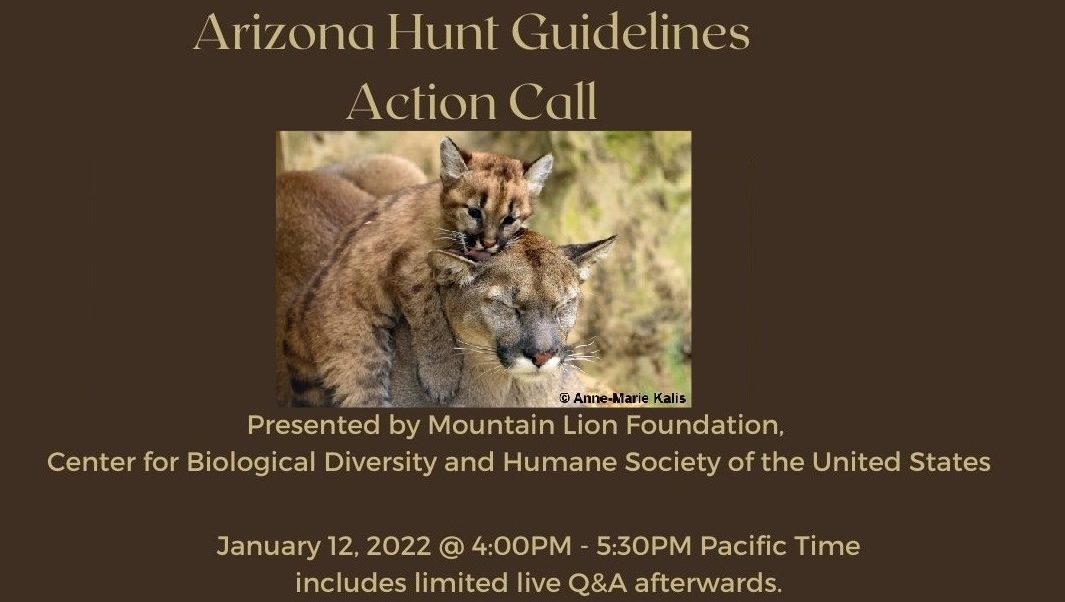
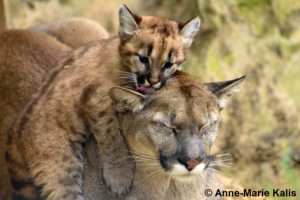
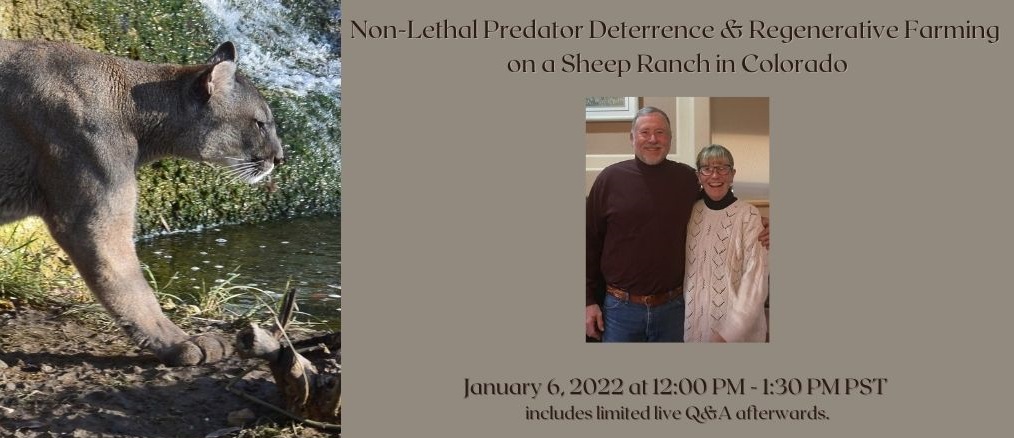
 David & Mary Miller raise lambs and livestock guard dogs on their ranch in Crowley County. They started their own business, Triple M Bar Ranch, in 1994. Triple M Bar Ranch is a family-owned and operated ranch in Southeastern Colorado. They take pride in raising naturally grown lamb and Livestock guard dogs that are born and raised with their sheep. David and Mary are the main ranch hands. Their ranch headquarters sits on Buckeye Hill in Crowley County on the bluffs overlooking the Arkansas River Valley. They also have grazing land in the valley along the river.
David & Mary Miller raise lambs and livestock guard dogs on their ranch in Crowley County. They started their own business, Triple M Bar Ranch, in 1994. Triple M Bar Ranch is a family-owned and operated ranch in Southeastern Colorado. They take pride in raising naturally grown lamb and Livestock guard dogs that are born and raised with their sheep. David and Mary are the main ranch hands. Their ranch headquarters sits on Buckeye Hill in Crowley County on the bluffs overlooking the Arkansas River Valley. They also have grazing land in the valley along the river.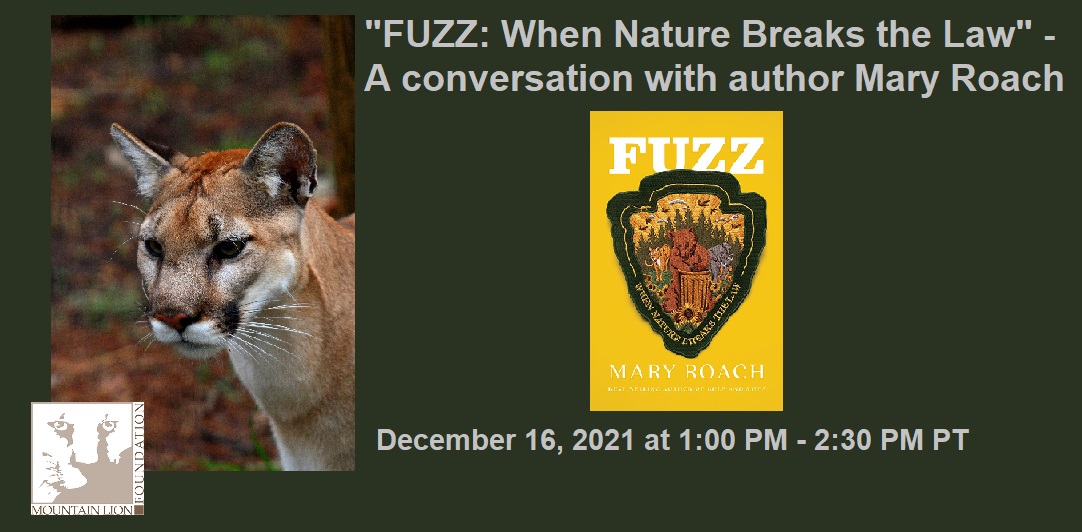
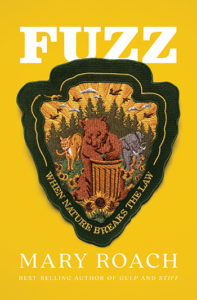

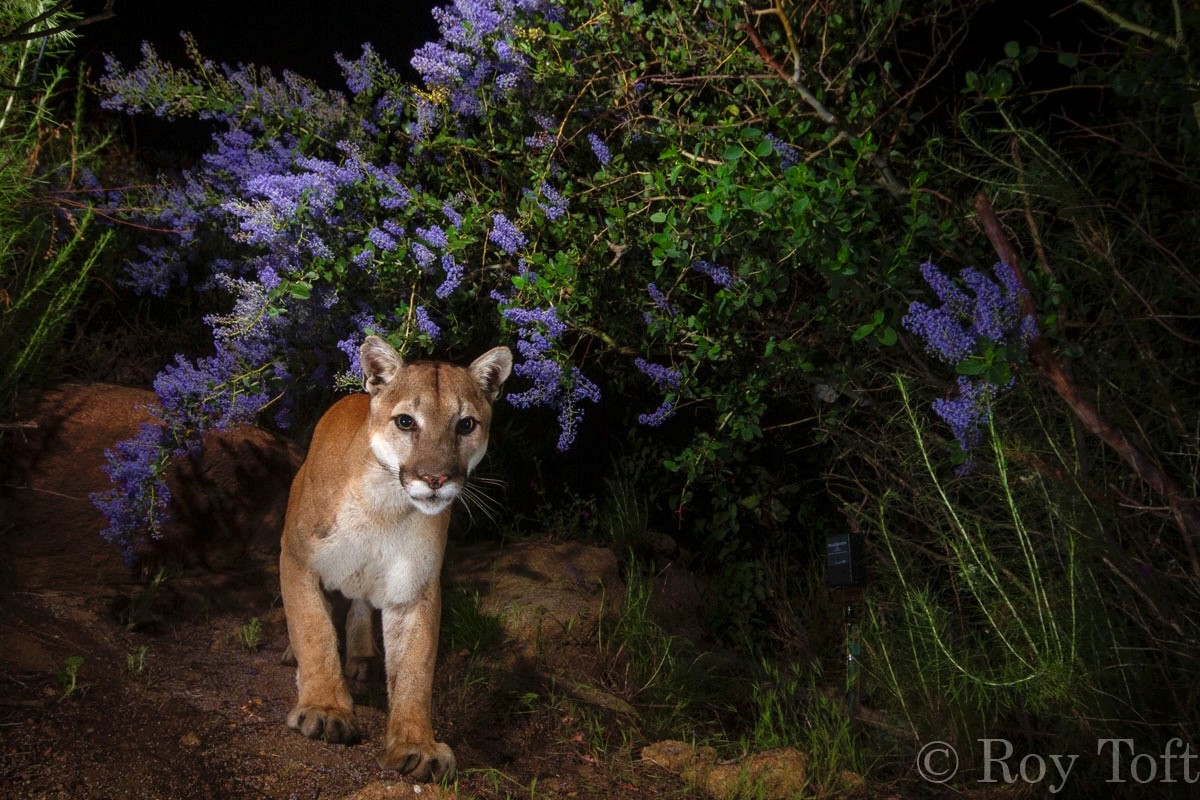
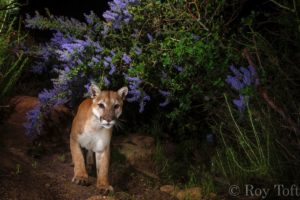
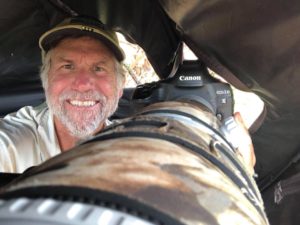 Roy started working as a full-time wildlife photographer in 1991. Spending 6-9 months in the field every year producing natural history content for magazines, books, etc. Around 2000, Roy started leading photo safaris around the world to photography enthusiasts as well as continuing his assignment and stock work. In 2005, Roy became a founding fellow in the
Roy started working as a full-time wildlife photographer in 1991. Spending 6-9 months in the field every year producing natural history content for magazines, books, etc. Around 2000, Roy started leading photo safaris around the world to photography enthusiasts as well as continuing his assignment and stock work. In 2005, Roy became a founding fellow in the 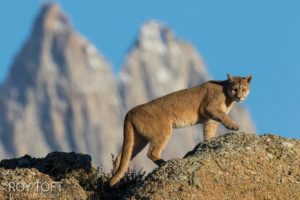

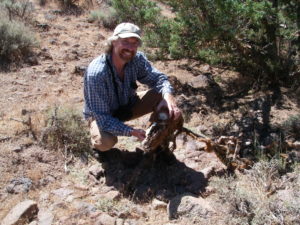 About Dr. David Stoner
About Dr. David Stoner
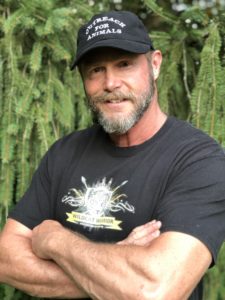 Tim Harrison is a retired police officer, firefighter and paramedic for Oakwood, Ohio. Tim’s dedication to protecting the public crossed paths with the world of animal advocacy in October 2011 when Terry Thompson released 50 of the world’s most exotic animals on his hometown in Zanesville, Ohio and then took his own life. Thus began Tim’s crusade to educate and protect the public, while advocating for a better life for exotic animals.
Tim Harrison is a retired police officer, firefighter and paramedic for Oakwood, Ohio. Tim’s dedication to protecting the public crossed paths with the world of animal advocacy in October 2011 when Terry Thompson released 50 of the world’s most exotic animals on his hometown in Zanesville, Ohio and then took his own life. Thus began Tim’s crusade to educate and protect the public, while advocating for a better life for exotic animals.